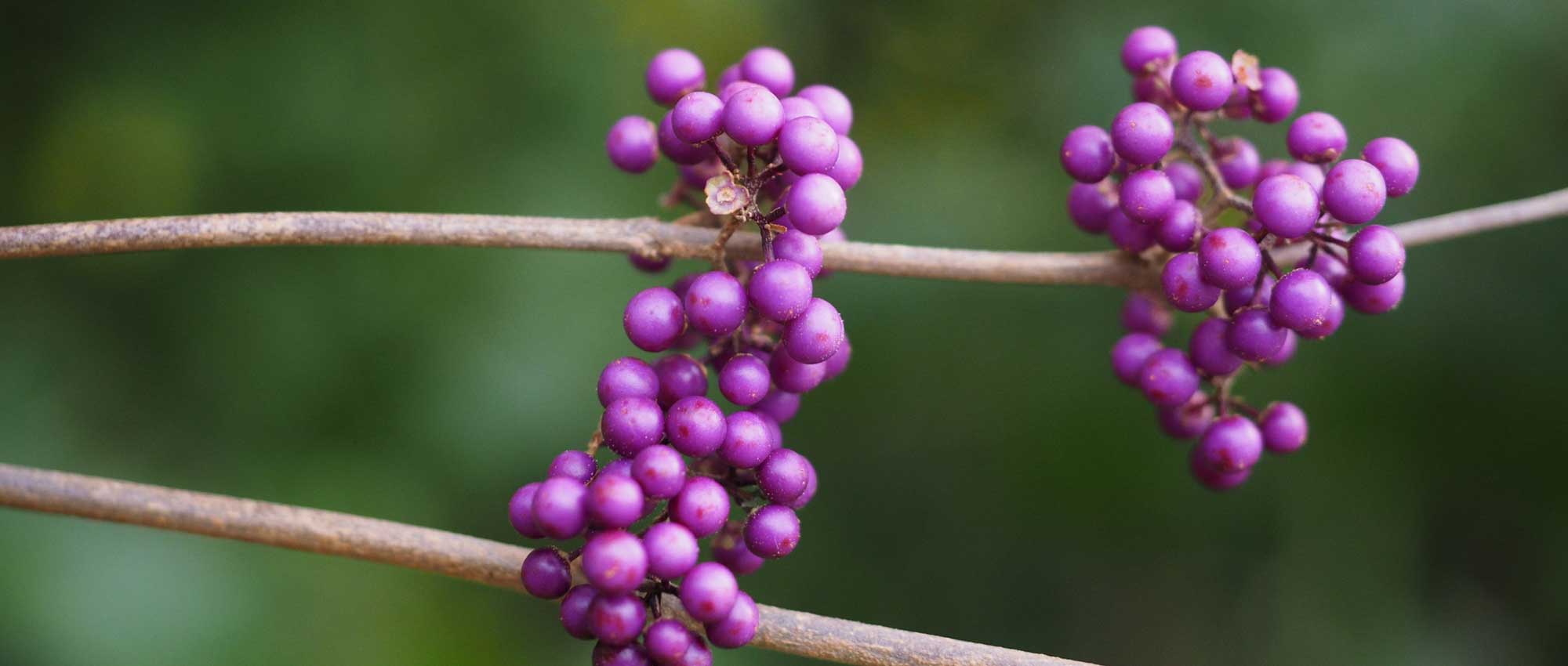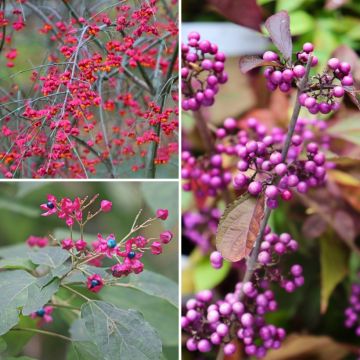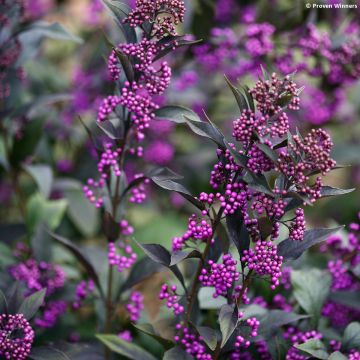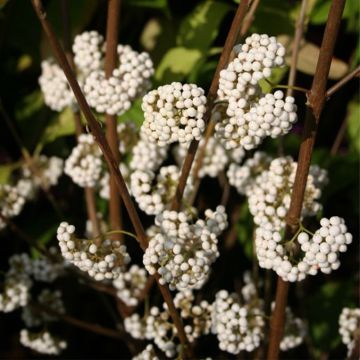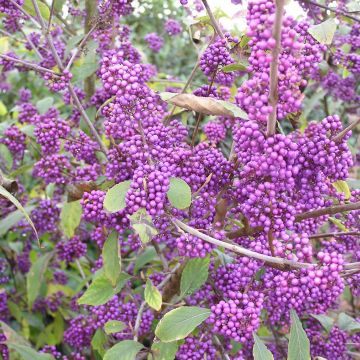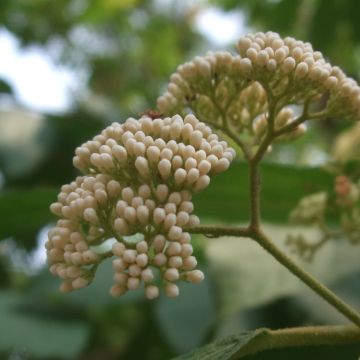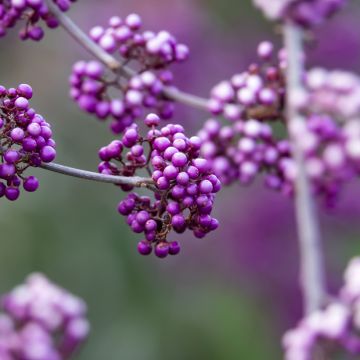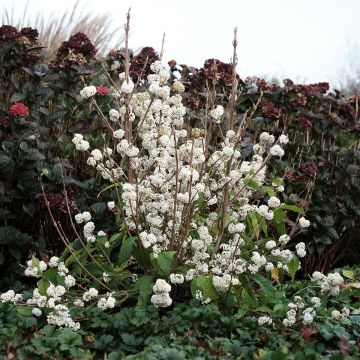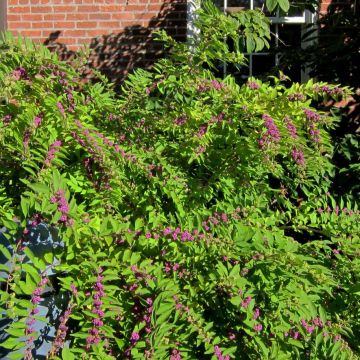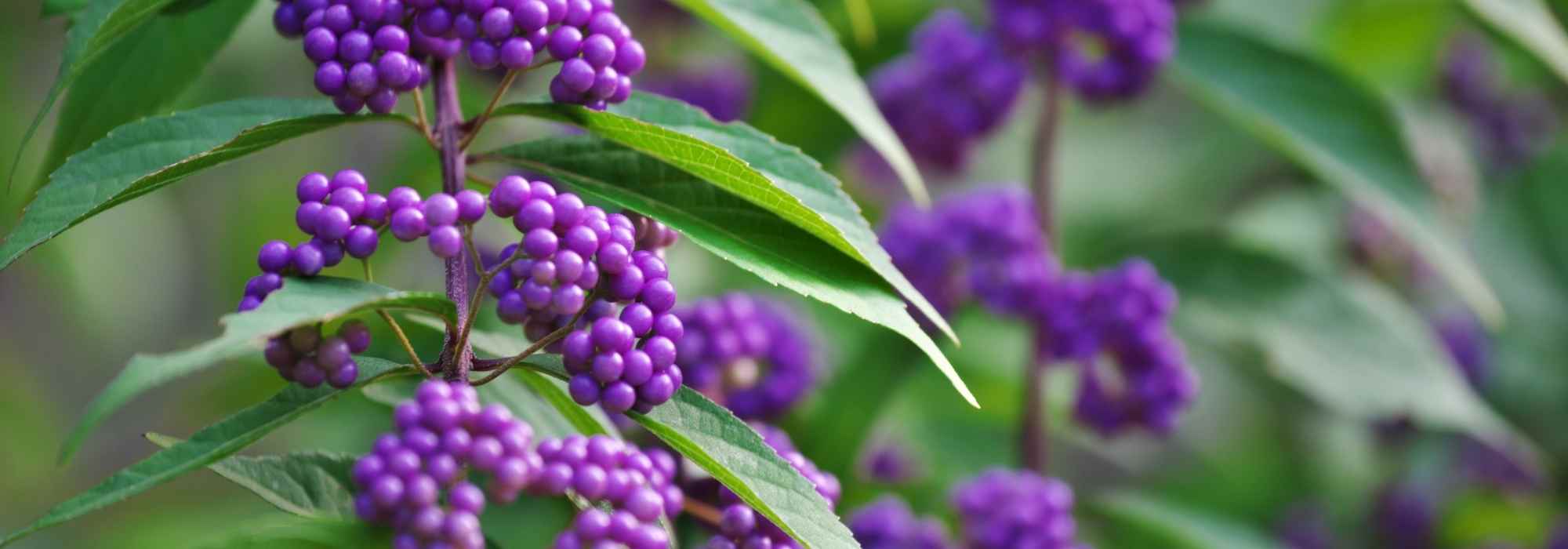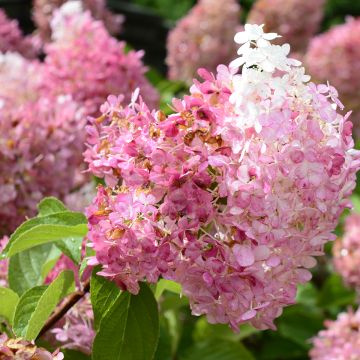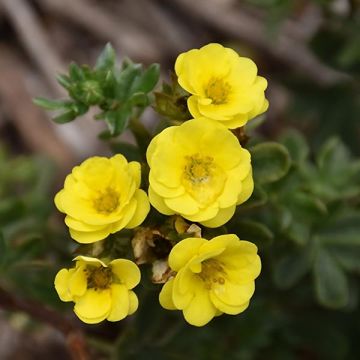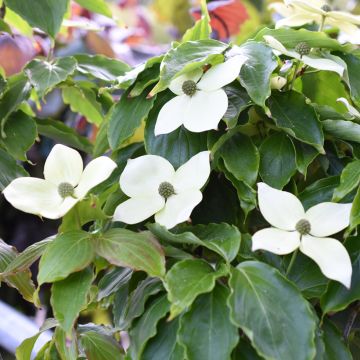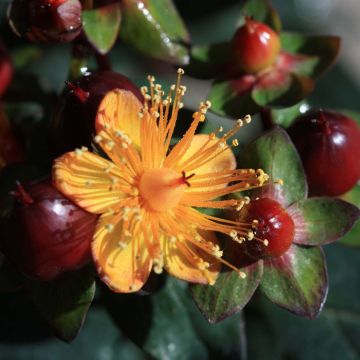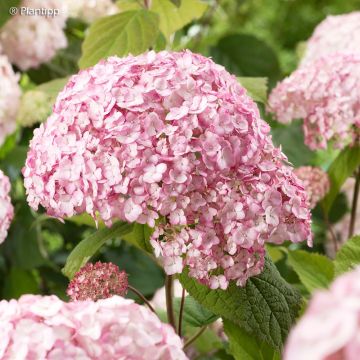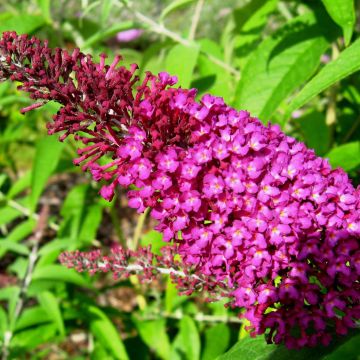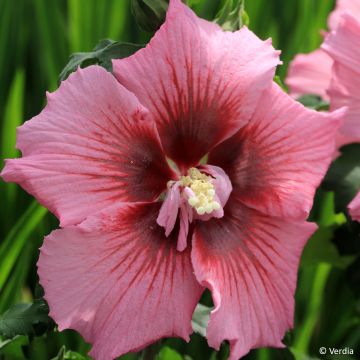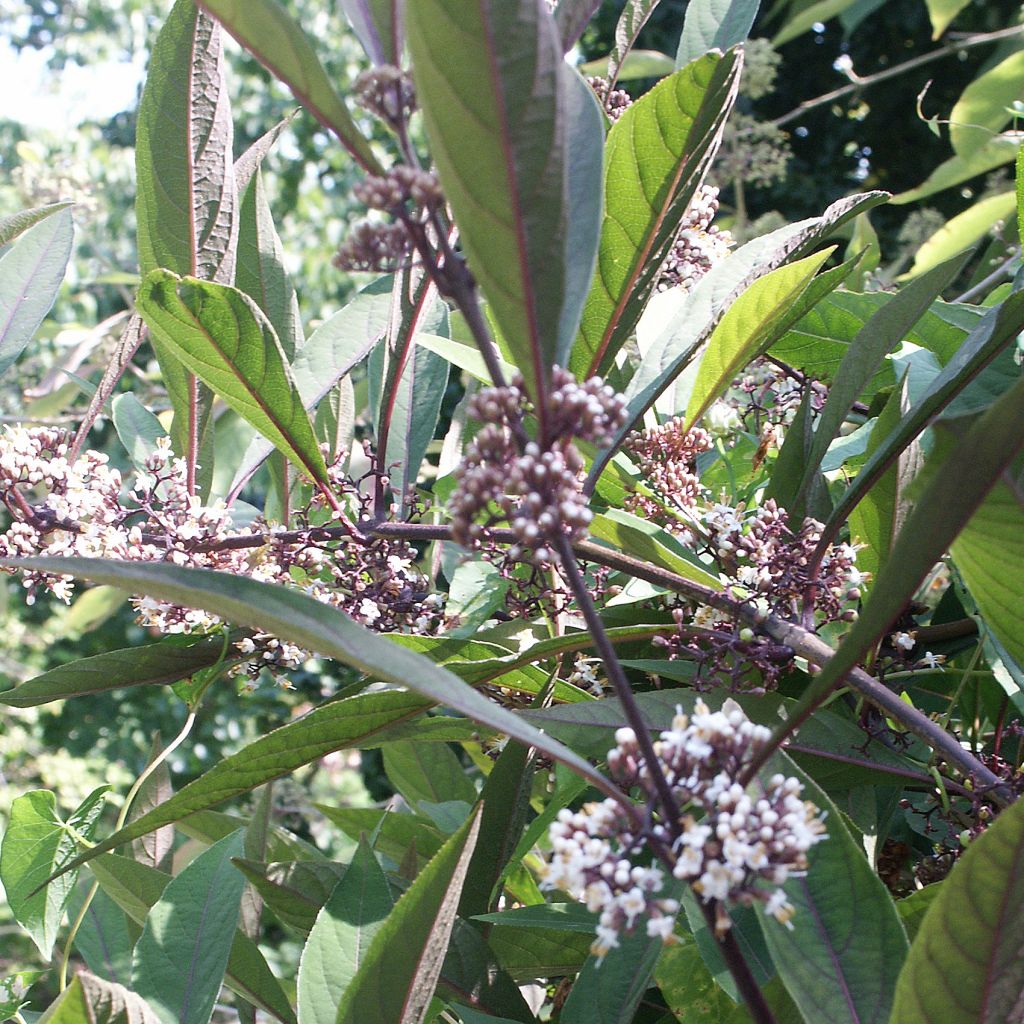

Callicarpa kwangtungensis
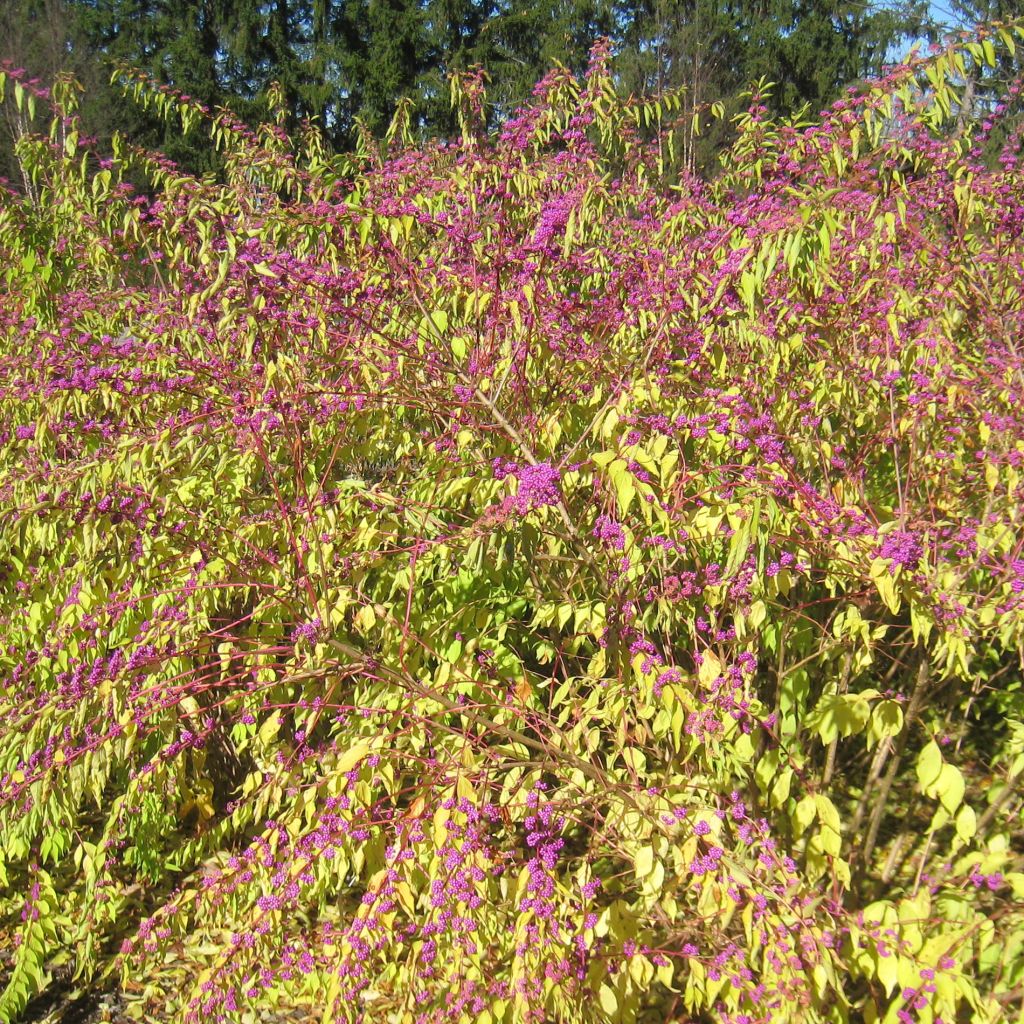

Callicarpa kwangtungensis
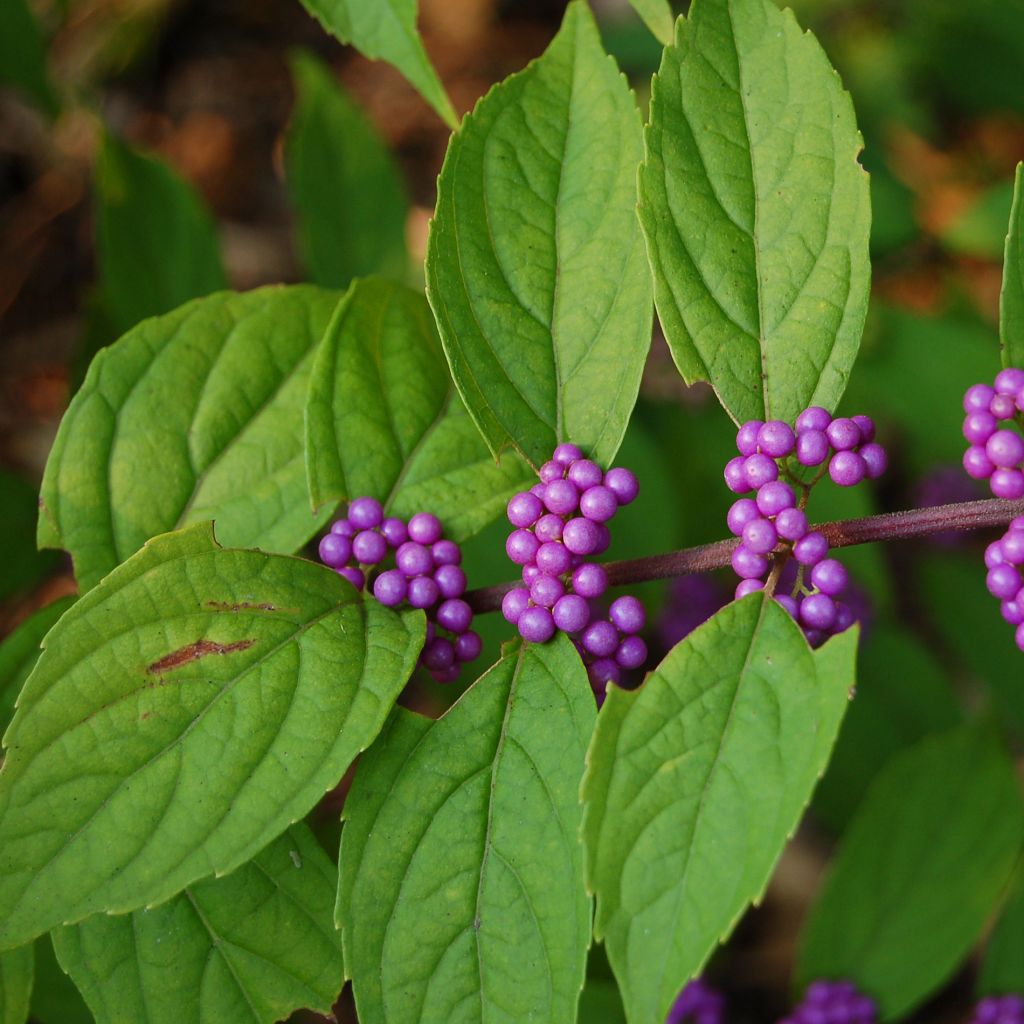

Callicarpa kwangtungensis
Callicarpa kwangtungensis
Callicarpa kwangtungensis
Japanese beautyberry
Beautiful plant in perfect health and with beautiful pruning.
Eric V., 01/10/2017
Special offer!
Receive a €20 voucher for any order over €90 (excluding delivery costs, credit notes, and plastic-free options)!
1- Add your favorite plants to your cart.
2- Once you have reached €90, confirm your order (you can even choose the delivery date!).
3- As soon as your order is shipped, you will receive an email containing your voucher code, valid for 3 months (90 days).
Your voucher is unique and can only be used once, for any order with a minimum value of €20, excluding delivery costs.
Can be combined with other current offers, non-divisible and non-refundable.
Home or relay delivery (depending on size and destination)
Schedule delivery date,
and select date in basket
This plant carries a 24 months recovery warranty
More information
We guarantee the quality of our plants for a full growing cycle, and will replace at our expense any plant that fails to recover under normal climatic and planting conditions.
Would this plant suit my garden?
Set up your Plantfit profile →
Description
Callicarpa kwangtungensis is an original and unusual bush, very decorative, of modest size, forming a pretty dense and compact bush. Of great refinement, graceful and naturally elegant, it not only displays splendid foliage colours, but also and above all, a profusion of clusters of purple berries, like pearls, persisting throughout the winter on the bare branches. Very rare, it is to be adopted without delay in the garden for its attractive and luminous fruiting!
Callicarpa kwangtungensis is native to the mixed forests of the southern mountains of China. Commonly called Beautyberry, it belongs to the Lamiaceae family. This Chinese Callicarpa is a beautiful ornamental and highly decorative bush, of modest size, measuring 1.50m (4ft 11in) in all directions, with a bushy and upright habit, adorned with purple young twigs. Its deciduous foliage is composed of very long and narrow leaves, reaching up to 25cm (9.8in) in length. The young leaves are initially purple, then a beautiful dark green, with violet veins, and then take on magnificent orange and pink hues in autumn. In July-August, tiny white and mauve flowers appear, gathered in axillary clusters measuring 3cm (1.2in) in diameter. They are followed in autumn by bouquets of shiny spherical purple berries, similar to small marbles or pearls. These remain decorative for a long time, as they persist throughout the winter, even after the leaves have fallen. To obtain abundant flowering and fruiting, it is advisable to plant several specimens close to each other, in order to ensure better pollination.
Very easy to grow, it requires little maintenance. Very accommodating, it thrives in ordinary to fertile, well-drained soil, and appreciates a sunny or semi-shaded exposure. It can be planted as a specimen where its fruiting and magnificent autumn foliage will be highlighted. However, it is rather recommended to plant it in groups as the proximity of several specimens ensures better pollination and therefore more abundant fruiting. It will ideally be placed in a country hedge, or within a shrub border, in the company of shrubs with autumn or winter flowering; or even associated with perennials with summer, late or winter flowering. It will blend perfectly with other attractive fruiting shrubs, such as other species of Callicarpa, Snowberries, Dogwoods... Its branches with highly decorative berries will make superb autumn foliage and branch bouquets, and will also wonderfully garnish flower bouquets in the house.
Callicarpa kwangtungensis was described and named in 1934 by Woon Young Chun (1890-1971), a Chinese botanist who was one of the founders of contemporary Chinese botany. It has been used for a very long time in traditional Chinese medicine for its antioxidant properties.
Callicarpa kwangtungensis in pictures
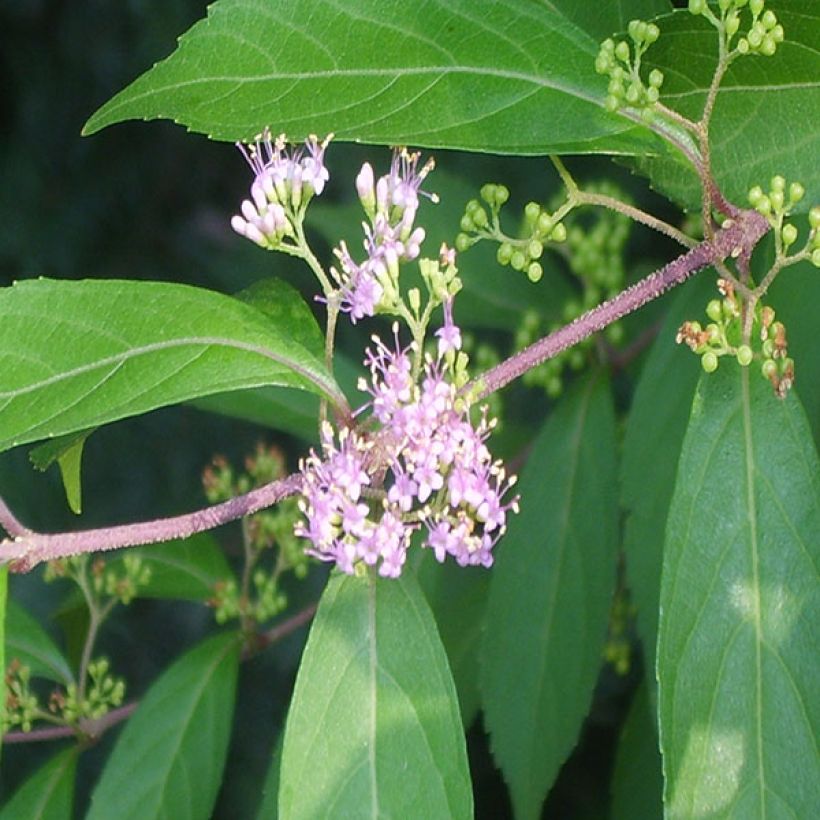

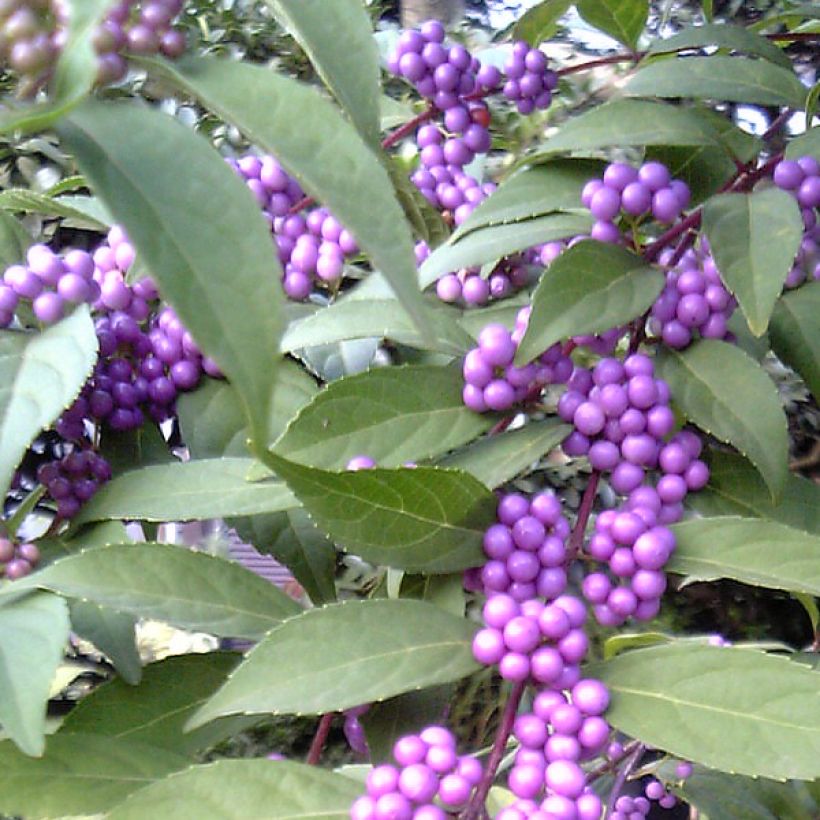

Plant habit
Flowering
Foliage
Botanical data
Callicarpa
kwangtungensis
Lamiaceae
Japanese beautyberry
China
Other Callicarpa
View all →Planting and care
Callicarpa kwangtungensis, very easy to grow and highly resistant to diseases, appreciates exposure to the sun or partial shade. Very accommodating, it will thrive in ordinary soil, as well as in good garden soil or in richer and more fertile soil, but always fresh, well-drained, and without too much limestone. Moderately hardy, it can withstand temperatures down to -12°C, so it is preferable to protect it from cold winds and heavy frosts. Installing it against a south-facing wall would be ideal. Mulch the base of young plants for three consecutive winters in cold regions, as they are more sensitive to spring frosts than mature subjects. It should be noted that even if it has suffered from frosts, simply pruning it heavily will cause it to regrow from the base. Furthermore, it will be even more resistant to extreme cold if it has benefited from a long, hot, and dry summer. Planting can be done in autumn or spring. Propagation is done by cuttings in June-July, by taking lateral tips of 8 to 10cm. Root them in turf and sand, then once well-rooted, transfer them to pots filled with compost.
Planting period
Intended location
Care
Planting & care advice
-
, onOrder confirmed
Reply from on Promesse de fleurs
Similar products
Haven't found what you were looking for?
Hardiness is the lowest winter temperature a plant can endure without suffering serious damage or even dying. However, hardiness is affected by location (a sheltered area, such as a patio), protection (winter cover) and soil type (hardiness is improved by well-drained soil).

Photo Sharing Terms & Conditions
In order to encourage gardeners to interact and share their experiences, Promesse de fleurs offers various media enabling content to be uploaded onto its Site - in particular via the ‘Photo sharing’ module.
The User agrees to refrain from:
- Posting any content that is illegal, prejudicial, insulting, racist, inciteful to hatred, revisionist, contrary to public decency, that infringes on privacy or on the privacy rights of third parties, in particular the publicity rights of persons and goods, intellectual property rights, or the right to privacy.
- Submitting content on behalf of a third party;
- Impersonate the identity of a third party and/or publish any personal information about a third party;
In general, the User undertakes to refrain from any unethical behaviour.
All Content (in particular text, comments, files, images, photos, videos, creative works, etc.), which may be subject to property or intellectual property rights, image or other private rights, shall remain the property of the User, subject to the limited rights granted by the terms of the licence granted by Promesse de fleurs as stated below. Users are at liberty to publish or not to publish such Content on the Site, notably via the ‘Photo Sharing’ facility, and accept that this Content shall be made public and freely accessible, notably on the Internet.
Users further acknowledge, undertake to have ,and guarantee that they hold all necessary rights and permissions to publish such material on the Site, in particular with regard to the legislation in force pertaining to any privacy, property, intellectual property, image, or contractual rights, or rights of any other nature. By publishing such Content on the Site, Users acknowledge accepting full liability as publishers of the Content within the meaning of the law, and grant Promesse de fleurs, free of charge, an inclusive, worldwide licence for the said Content for the entire duration of its publication, including all reproduction, representation, up/downloading, displaying, performing, transmission, and storage rights.
Users also grant permission for their name to be linked to the Content and accept that this link may not always be made available.
By engaging in posting material, Users consent to their Content becoming automatically accessible on the Internet, in particular on other sites and/or blogs and/or web pages of the Promesse de fleurs site, including in particular social pages and the Promesse de fleurs catalogue.
Users may secure the removal of entrusted content free of charge by issuing a simple request via our contact form.
The flowering period indicated on our website applies to countries and regions located in USDA zone 8 (France, the United Kingdom, Ireland, the Netherlands, etc.)
It will vary according to where you live:
- In zones 9 to 10 (Italy, Spain, Greece, etc.), flowering will occur about 2 to 4 weeks earlier.
- In zones 6 to 7 (Germany, Poland, Slovenia, and lower mountainous regions), flowering will be delayed by 2 to 3 weeks.
- In zone 5 (Central Europe, Scandinavia), blooming will be delayed by 3 to 5 weeks.
In temperate climates, pruning of spring-flowering shrubs (forsythia, spireas, etc.) should be done just after flowering.
Pruning of summer-flowering shrubs (Indian Lilac, Perovskia, etc.) can be done in winter or spring.
In cold regions as well as with frost-sensitive plants, avoid pruning too early when severe frosts may still occur.
The planting period indicated on our website applies to countries and regions located in USDA zone 8 (France, United Kingdom, Ireland, Netherlands).
It will vary according to where you live:
- In Mediterranean zones (Marseille, Madrid, Milan, etc.), autumn and winter are the best planting periods.
- In continental zones (Strasbourg, Munich, Vienna, etc.), delay planting by 2 to 3 weeks in spring and bring it forward by 2 to 4 weeks in autumn.
- In mountainous regions (the Alps, Pyrenees, Carpathians, etc.), it is best to plant in late spring (May-June) or late summer (August-September).
The harvesting period indicated on our website applies to countries and regions in USDA zone 8 (France, England, Ireland, the Netherlands).
In colder areas (Scandinavia, Poland, Austria...) fruit and vegetable harvests are likely to be delayed by 3-4 weeks.
In warmer areas (Italy, Spain, Greece, etc.), harvesting will probably take place earlier, depending on weather conditions.
The sowing periods indicated on our website apply to countries and regions within USDA Zone 8 (France, UK, Ireland, Netherlands).
In colder areas (Scandinavia, Poland, Austria...), delay any outdoor sowing by 3-4 weeks, or sow under glass.
In warmer climes (Italy, Spain, Greece, etc.), bring outdoor sowing forward by a few weeks.






























